Steeped in history and brimming with fascinating tales, the Boston Braves’ journey in Major League Baseball (MLB) is nothing short of a captivating chronicle.
Established in 1883, they’re one of the oldest teams in the league, with a rich backstory that’s as intriguing as the game itself.
From their roots in Boston to their eventual move to Milwaukee and Atlanta, the Braves’ saga is a testament to the team’s resilience and evolution.
Their nickname ‘Braves’ too, has an interesting origin story, adding another layer to their complex history. But it’s not just about the name.
The team’s legacy is also etched in the various transformations it underwent, from the Boston Beaneaters to the Boston Doves, and more.
As we delve deeper, you’ll discover the intriguing twists and turns that have shaped the Braves’ identity over the years. So, let’s step up to the plate and explore this fascinating journey together.
Early Days and the Birth of Boston Braves
In the annals of baseball history, few tales resonate with as much nostalgic fervor and enduring legacy as the story of the Boston Braves.
Born from the fertile soil of America’s burgeoning love affair with the national pastime, the Boston Braves emerged as stalwarts of the game, carving out a storied path that continues to captivate fans and historians alike.
The Origin: From Red Stockings to Beaneaters
In 1871, a memorable moment in professional sports history took place with the establishment of the Boston Red Stockings.
This team, belonging to the National Association of Professional Baseball Ball Players League, found its home at the South End Grounds.
The name ‘Red Stockings’ wasn’t a fresh innovation. It had roots in Cincinnati, where baseball’s first professional team made its mark in 1869.
After just two years, Cincinnati’s team disbanded, but the Boston Red Stockings stepped into the professional baseball world with vigor and tenacity.
Over the following four decades, my readers would find it intriguing to note, the Boston franchise played at three distinctly named South End Grounds.
The Rename Game: Beaneaters to Doves to Rustlers
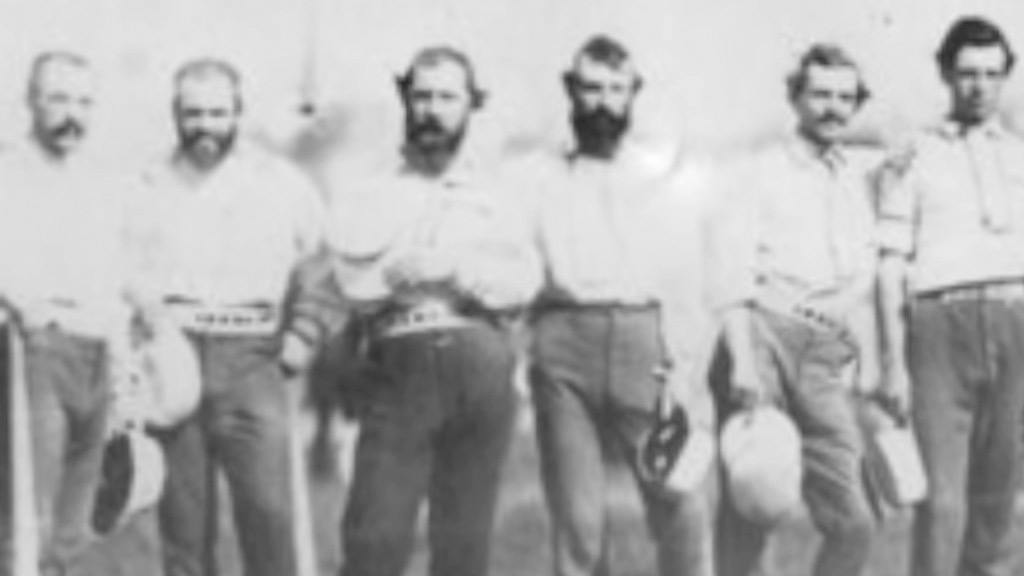
Transformations didn’t stop at the name ‘Red Caps’. This Boston franchise underwent a series of renames, leaving indelible marks on the annals of professional sports.
In 1911, under the management of Fred Tenney, the team rechristened itself as the Rustlers. It’s fascinating to remember that their former name, The Doves, was also a rename from their previous moniker, the Beaneaters.
However, it wasn’t just names that caused a ruffle within the team structure. During the Rustlers’ era, there was significant disagreement among the Page brothers and Russell over trades and control over the team affairs.
Bees and Braves: Branding and Identity
The ‘Boston Braves’ is an identity that continues to carry historical weight. But, this enduring brand was not born without its share of trials. In 1894, a tragic incident off the field shook the team.
Charlie Bennett, the team’s catcher, suffered a dreadful train accident ending his career. Increasing the team’s woes, the South End Grounds, the team’s home, burnt down on May 15.
The extensive damage, estimated at one million dollars, obliterated the grandstand, bleachers, and surrounding buildings.
The catastrophe didn’t stop at physical destruction, a management blamed for being penny-wise and pound-foolish coped with the harsh critique.
Notwithstanding these hitches, the team continued its journey, playing games at the Congress Street Grounds while the South End grounds were being rebuilt.
Their resilience was evident when they returned on July 20 to the familiar, although smaller, South End Grounds. Transformation continued to the Boston Braves’ identity, reaffirming their place in baseball history.
The Golden Era and World Series Triumphs
During the early 20th century, the Boston Braves experienced what would be fondly remembered as their Golden Era.
Led by visionary owners, talented managers, and a roster brimming with skill and determination, the Braves ascended to the upper echelons of Major League Baseball, etching their name in the annals of sporting history with a series of remarkable triumphs, culminating in World Series glory.
1914: The “Miracle” Braves
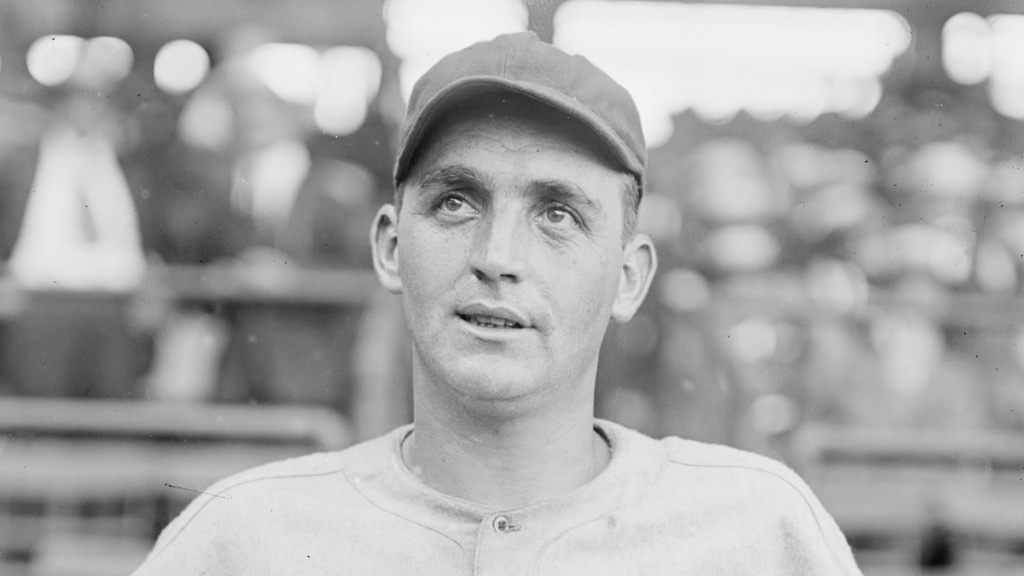
Continuing our chronicle of the Boston Braves, the 1914 season marked a significant turnaround in the team’s fortunes.
Known as the “Miracle Braves,” this squad shocked the baseball world with their spectacular performance.
In the early parts of the season, the Braves found themselves in last place, plumming the depths of the league standings.
Yet, through sheer determination and unyielding teamwork, they surged forward, toppling opponent after opponent in an awe-inspiring win streak.
Crediting this miraculous turnaround on their grit and perseverance, the “Miracle” Braves achieved what seemed impossible: clinching the World Series title.
The 1948 World Series: A Missed Opportunity
Fast forward to the 1948 season, the Braves made it to the World Series yet again. However, unlike their miraculous victory in 1914, their performance this time around was marred by missed opportunities.
Despite showcasing a roster of talented players and demonstrating solid teamwork throughout the regular season, the Braves couldn’t capitalize on their momentum. They made it to the final showdown only to fall short to their competitors.
Nevertheless, their effort and tenacity left a strong imprint on the team’s history, reminding fans and players alike of the glorious heights the Braves had reached and could reach again with continued effort and faith in their abilities.
Key Moments in Boston Braves History
Continuing on with our deep dive into the history of the Boston Braves, let’s now turn our attention to some of the key moments that have defined the team’s trajectory.
Historical Trades and Acquisitions
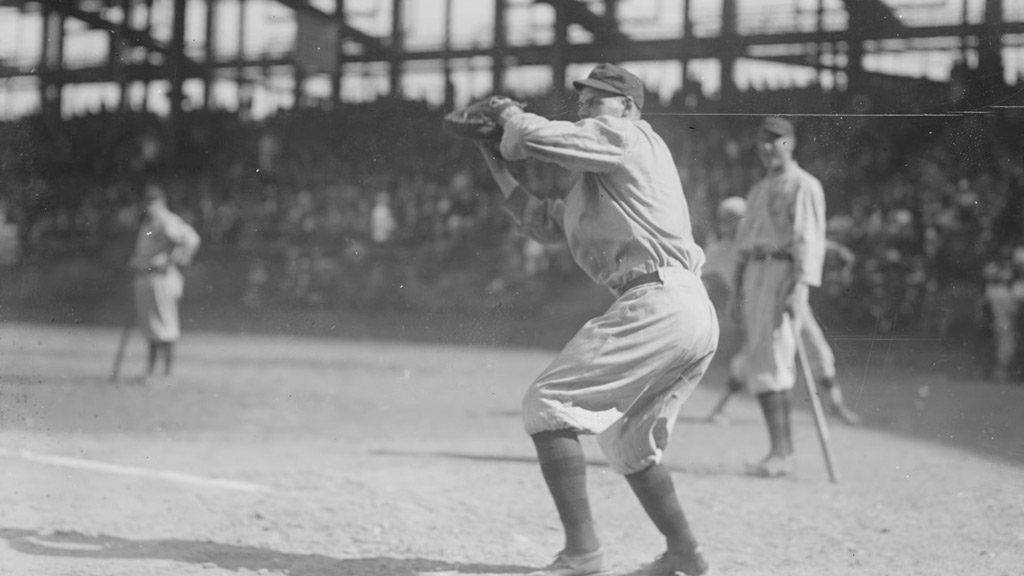
In the club’s illustrious history, a few trades and acquisitions stand out in shaping its successes and challenges.
For instance, in a significant transaction, John Montgomery Ward, a renowned baseball star, took up the mantle as the team’s president, thanks to his desire to manage a baseball team and strong recommendation from John Carroll, a friend from New York.
Bolstered by the financial and political leverages of millionaire New York lawyer James E. Gaffney, the appointment of Ward signaled a fresh start for the team.
In 1882, under the leadership of manager John Morrill, who superseded Harry Wright after an 11-year stint, the team saw marked improvements.
Boston finished third that year, and the team’s revenue experienced a spike of $13,000, rising to $622,244.
The Impact of Franchise Players
The influence of key franchise players in the Braves’ history is undeniable. Take the tragic case of catcher Charlie Bennett.
His promising career met a premature end due to a horrific train accident in the off-season. Bennett’s loss coincided with another catastrophe – the destructive fire at South End Grounds in May 1894.
This incident decimated the entire bleachers, the 75,000 grandstand, along with an approximate 170 buildings covering twelve acres around the park. The cost of the damage was pegged at an enormous one million dollars.
The aftermath of these unfortunate events led to Boston’s games being shifted to the nearby Congress Street Grounds, as a fresh version of the South End Grounds took shape. The team made a return on July 20, to a smaller, replaced field, marking a new chapter of resilience in their history.
From Boston to Milwaukee and Beyond
The Boston Braves’ narrative took a significant turn in the mid-20th century as the team underwent a transformative relocation, marking a new chapter in their storied history.
Amidst changing economic landscapes and shifting demographics, the Braves sought greener pastures, ultimately bidding farewell to Boston and setting their sights on the burgeoning city of Milwaukee.
The End of the Road in Boston
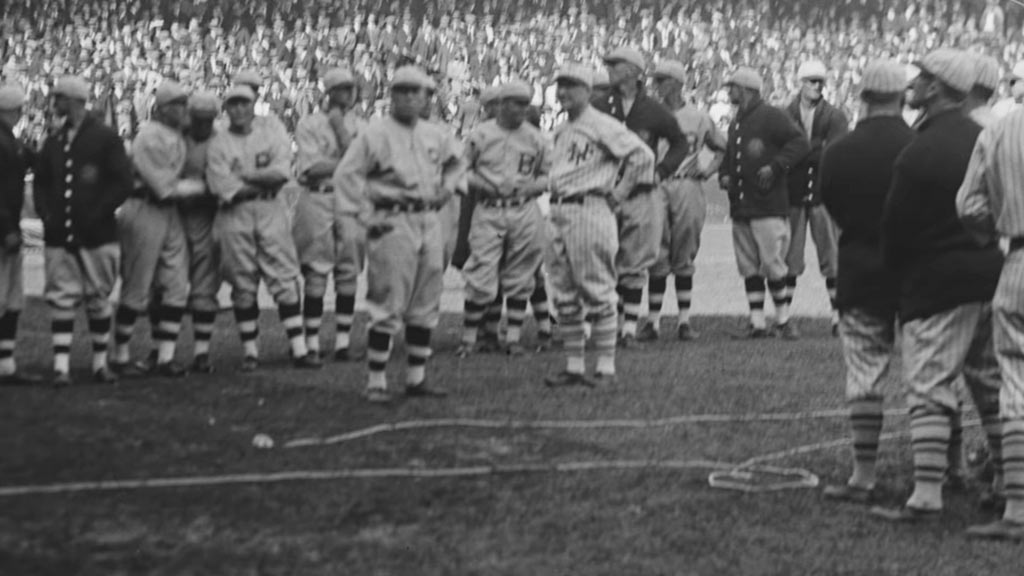
In the late 1940s, Boston Braves’ ownership experienced significant changes, notably with Perini purchasing Braves Field in January of 1949.
This acquisition aimed to expand the seating capacity to 50,000. However, the team experienced turbulence, faced with rumors of player mutiny against the manager, Southworth.
A lack of a vote of confidence led to Southworth’s departure, revealing the mounting challenges within the organization.
The dawn of the 1950s brought about drastic changes for the team. Southworth returned in 1950, and with him arrived Sam Jethroe, marking the debut of Boston’s first African-American professional baseball player.
With Rugo selling his stock in January 1951, the ownership trio transformed into a duo, Perini and Maney.
Unfortunately, attendance reports indicated falling interest. A measly crowd of 1,577 on June 4 evidenced that attendance had dropped by 24 percent.
It led to writers speculating whether Perini could afford a new stadium or even a new gas oven. The final attendance for that year was 487,475, a steep drop of almost 50 percent from 1950.
The Big Move and Braves’ New Beginnings
This slump didn’t spell the end for the Braves. Instead, it instigated a shift in direction. The Braves left Boston, seeking greener pastures.
After finishing fourth in the 1952 season, the team’s management decided to make some significant changes.
Their next chapter dawn into life across state lines in Milwaukee. The Braves’ move marked the first time in half a century that a MLB team relocated.
This period was not only a change in geography; it also signaled a whole new phase in the team’s history, painting a divergent path towards a fresh start and unexplored potential.
The Braves forged on, embodying resilience and adaptability, traits so crucial in the constantly evolving world of baseball.
Legacy and Impact on Baseball
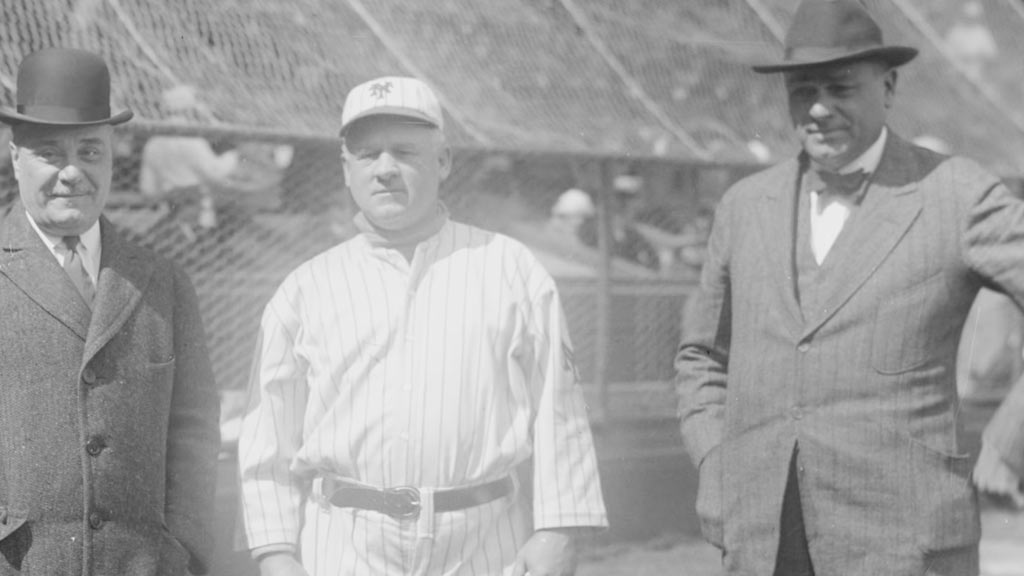
The Boston Braves’ rich history intertwines with the evolution and development of baseball as a popular American sport.
The triumphs and tragedies experienced by the team have undoubtedly influenced the direction of the sport and brought to light some of the most celebrated individuals in baseball history.
Hall of Famers and Baseball Legends
It’s impossible to discuss the Boston Braves without mentioning the array of talented individuals who have donned the team’s colors.
From John Montgomery Ward, a one-time baseball star-turned-team president, to the unfortunate yet unforgettable Charlie Bennet whose career ended abruptly, the Braves lineage showcases a variety of fearless competitors and visionary leaders.
Perhaps the most influential person within the Boston Braves’ echelons was millionaire New York lawyer and politician, James E. Gaffney.
With his strong financial, political and construction background, he introduced significant upgrades to the team’s home ground the South End Grounds.
By inducting key figures like John Montgomery Ward and depending on their expertise, Gaffney’s administration facilitated a positive shift within the team.
The Braves’ Influence on the Sport
The fire that reduced South End Grounds to ashes in 1894, famously known as the Great Roxbury Fire, stands as a stark reminder of the team’s past struggles.
However, the team’s resilience was evident when they swiftly relocated their games to the nearby Congress Street Grounds.
This switch not only enabled the team to march on despite the setback, but it also highlighted the adaptability that has since become a defining trait of modern baseball.
While the Boston Braves’ journey involved relocating and re-adapting, it also led to some notable transactions.
The team moved from Boston to Milwaukee, reshaping the landscape of Major League Baseball and giving rise to an era of team relocations.
This shift not only marked a significant change in the Braves’ history but also impacted the future of baseball, setting a precedence for future relocations.
In essence, the Boston Braves’ legacy has significantly influenced core aspects of the sport, and continues to manifest today.
Conclusion
So, there you have it. The Boston Braves’ journey is one marked by resilience, adaptability, and a legacy that continues to shape the game.
Their story is a testament to the impact of strategic leadership, key trades, and the ability to rise from the ashes of adversity.
The Braves’ history is more than just a timeline of events. It’s a narrative that has influenced the course of Major League Baseball, setting precedents for team relocations and creating a roster of legends.
Their enduring legacy is a reminder of the team’s influence and the role it’s played in shaping the sport we know and love today. The Boston Braves aren’t just a part of baseball history – they’re a key chapter in it.
Jaclyn Lowe